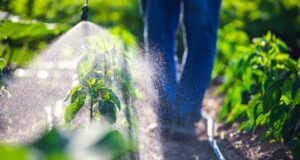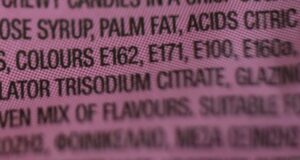
Background and objectives
Isofraxidin, an important coumarin compound found in the medicinal plant Sarcandra glabra, is reported to have anti-inflammatory activity. However, its natural concentration is insufficient to meet the existing demand for this valuable molecule. Therefore, biotechnological approaches are necessary to enhance the isofraxidin content.
Methods
Endophytes were isolated from the roots, stems, and leaves of Sarcandra glabra and fermented with Sarcandra glabra, respectively. The target strains capable of increasing isofraxidin content were screened using high-performance liquid chromatography. Their genes were amplified, and the polymerase chain reaction products were sequenced. BLAST analysis was used to compare the sequences with those in GenBank, and a phylogenetic tree was constructed for species identification.
Results
Fifteen endophytic bacteria and six endophytic fungi were isolated from the roots, stems, and leaves of Sarcandra glabra. Among them, Enterobacter, Bacillus wiedmannii, Trametes versicolor from the roots, and Diaporthe celeris and Diaporthe hongkongensis from the leaves increased the isofraxidin content in Sarcandra glabra. The isofraxidin content in Sarcandra glabra fermented by endophytes Enterobacter, Bacillus wiedmannii, Trametes versicolor, Diaporthe celeris, and Diaporthe hongkongensis was 1.37, 1.27, 1.11, 1.40, and 1.16 times higher than in the blank samples, respectively.
Conclusions
The fermentation of Sarcandra glabra with specific endophytes can increase its isofraxidin content. These findings provide preliminary scientific evidence for the potential of using microorganisms to enhance the quality of traditional Chinese medicine.
Source:
Journal reference:
Chen, Y., et al. (2024). Isolation and Screening of Endophytes from Sarcandra glabra to Increase the Content of Isofraxidin. Journal of Exploratory Research in Pharmacology. doi.org/10.14218/jerp.2024.00012.




